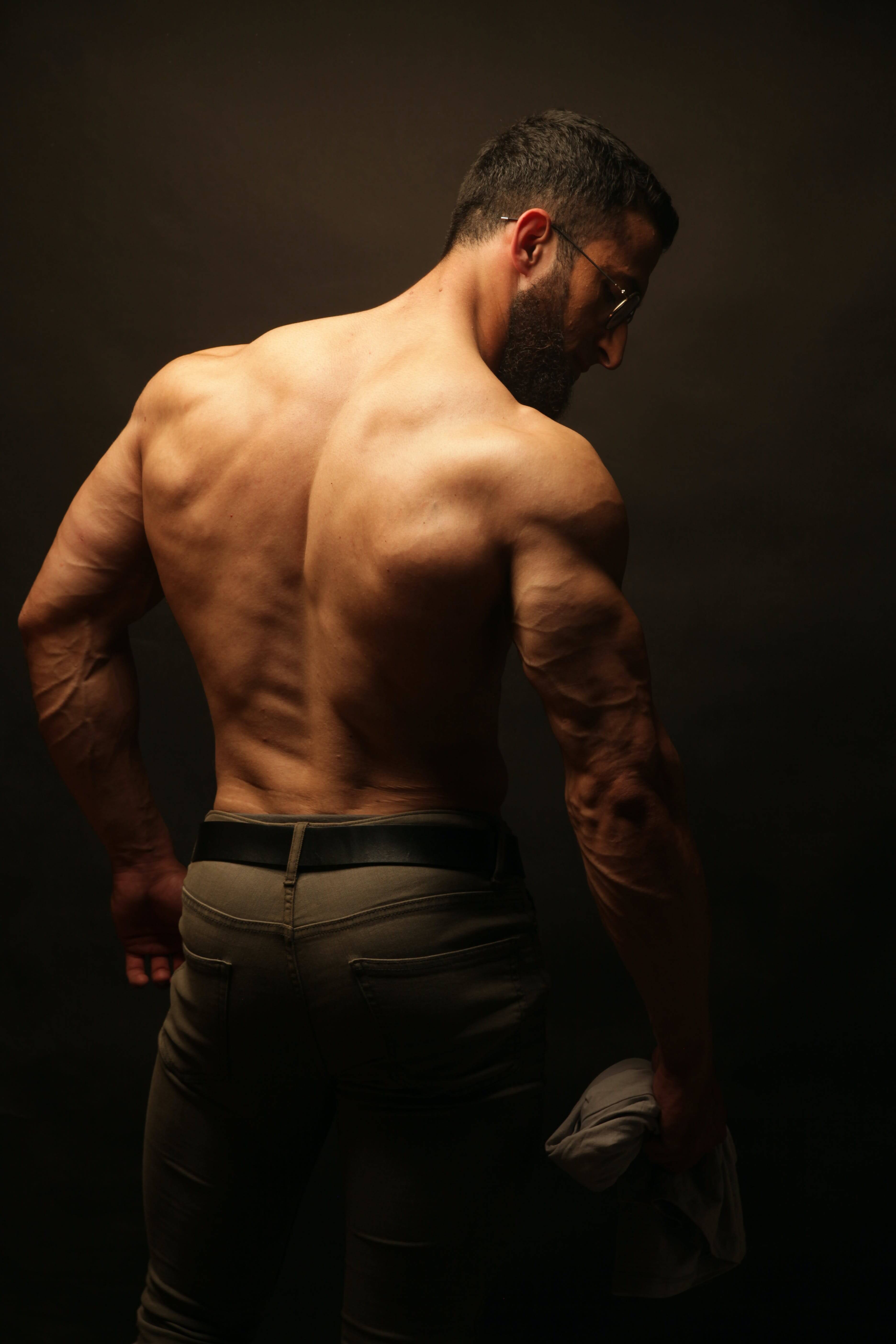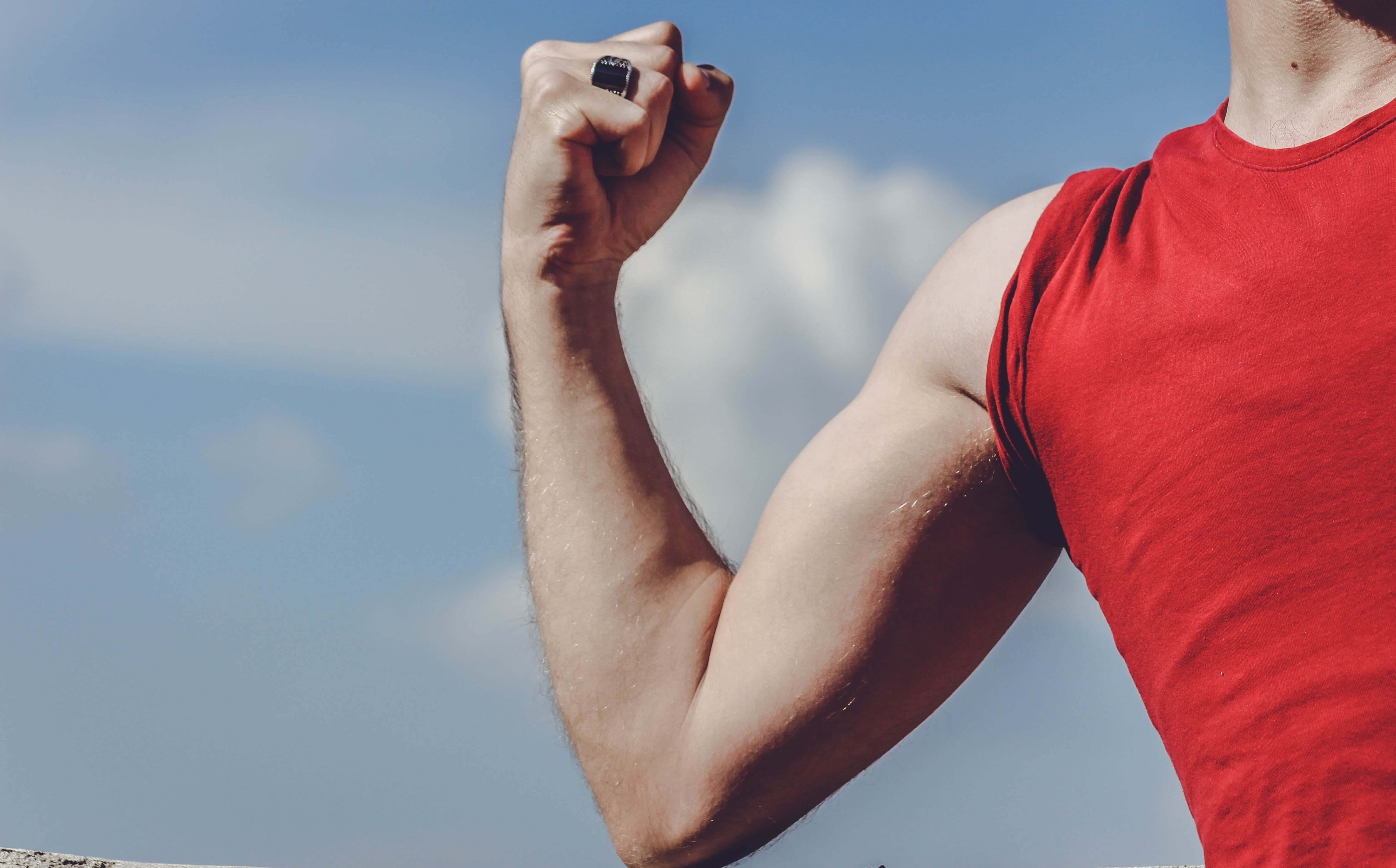Rowing machines have gained popularity as versatile fitness equipment that provides a comprehensive workout targeting various muscle groups. In this detailed exploration, we’ll delve into the specific muscles engaged during rowing exercises, shedding light on the holistic benefits they offer to your fitness regimen.
1. The Full-Body Workout Effect of Rowing Machines
Rowing machines are renowned for their ability to deliver a complete body workout. Unlike many other fitness machines that isolate specific muscle groups, rowing engages multiple muscles simultaneously. The rhythmic, fluid motion of rowing involves the legs, core, and upper body, making it an ideal choice for those seeking a total body conditioning workout.
2. Engaging the Back Muscles
One of the primary muscle groups targeted by rowing machines is the back. As you pull the handle towards your body, the muscles of the back, including the latissimus dorsi, rhomboids, and trapezius, engage to execute the movement. This not only strengthens the back muscles but also promotes better posture and spinal alignment.

3. Strengthening the Core
A strong core is essential for stability and balance in all physical activities. Rowing requires core engagement throughout the entire movement. The abdominal muscles, obliques, and lower back muscles work in unison to stabilize the torso and transfer power from the legs to the upper body. This results in improved core strength and enhanced functional fitness.
4. Targeting the Leg Muscles
Rowing is renowned for its ability to build lower body strength and endurance. The leg drive initiates each stroke, engaging the quadriceps, hamstrings, and calf muscles. As you push against the foot pedals, the resistance provided by the machine challenges these muscles, leading to increased strength and power in the legs.

5. Engaging the Upper Body Muscles
Rowing is not just a lower body exercise; it also targets the muscles of the upper body. The pulling motion of rowing engages the muscles of the arms, shoulders, and chest. The biceps, triceps, deltoids, and pectoral muscles all play a role in executing each stroke, resulting in improved upper body strength and muscle definition.
6. Considerations and Recommendations
While rowing offers numerous benefits, proper technique is essential to maximize results and minimize the risk of injury. Beginners should focus on mastering the fundamentals of rowing, including proper posture, hand placement, and stroke technique. Gradually increasing intensity and duration as fitness levels improve will ensure continued progress and prevent overexertion.
In conclusion, rowing machines offer a comprehensive and effective workout that targets multiple muscle groups throughout the body. By understanding the specific muscles engaged during rowing exercises, individuals can optimize their workouts to achieve their fitness goals efficiently.
Whether you’re looking to build strength, improve endurance, or enhance overall fitness, incorporating rowing into your exercise routine can lead to significant benefits for your physical health and well-being. Unlock the power of rowing and experience the transformative effects it can have on your fitness journey.


